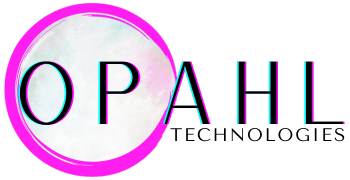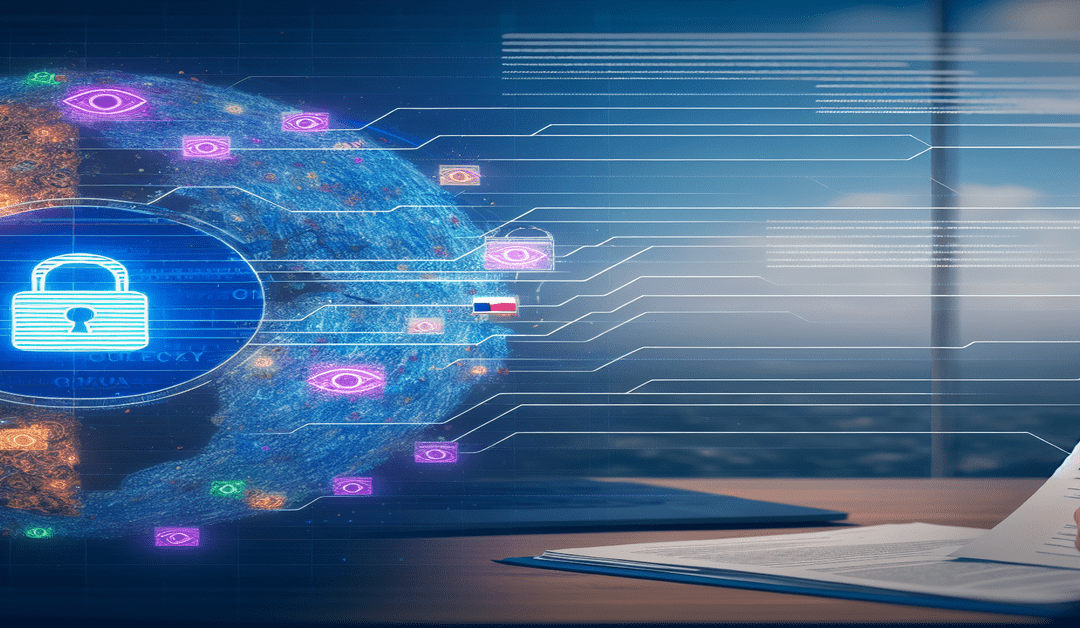Navigating the Cybersecurity Minefield in AI’s Evolving Regulatory Landscape
The rapid advancement of artificial intelligence (AI) has revolutionized industries and transformed the way we live and work. However, as AI continues to permeate every aspect of our lives, it also introduces new cybersecurity risks and challenges that must be addressed. With the regulatory landscape surrounding AI still in flux, organizations must navigate a complex web of emerging laws and guidelines to ensure the security and privacy of their AI systems.
The Shifting Sands of AI Regulation
The AI regulatory landscape is a dynamic and ever-changing environment. Governments and regulatory bodies worldwide are grappling with the need to balance innovation and the potential benefits of AI with the imperative to protect citizens’ rights and ensure the security of AI systems. The European Union’s proposed AI Act is a prime example of the evolving regulatory framework. This comprehensive legislation aims to establish a risk-based approach to AI governance, with stricter requirements for high-risk AI systems[1].
As the AI Act moves closer to implementation, organizations must prepare for its far-reaching implications. The Act introduces new obligations for AI providers and users, including requirements for transparency, human oversight, and data governance[2]. Compliance with these regulations will be critical for organizations operating in the EU or serving EU citizens.
The Cybersecurity Risks of AI
While AI offers tremendous potential for innovation and efficiency, it also introduces new cybersecurity risks. As AI systems become more sophisticated and integrated into critical infrastructure, the consequences of a successful attack can be devastating. **Deepfakes**, AI-generated content that can be used to deceive and manipulate, pose a significant threat to individuals and organizations alike[3]. AI-enhanced social engineering attacks can be more convincing and harder to detect, making traditional cybersecurity measures less effective.
Moreover, the **data-driven nature of AI** systems presents additional vulnerabilities. The vast amounts of data used to train and operate AI models can be a valuable target for cybercriminals. Data breaches involving AI systems can expose sensitive information and compromise the integrity of the AI models themselves.
Navigating the Risks: AI Governance and Risk Management
To mitigate the cybersecurity risks associated with AI, organizations must develop robust AI governance frameworks and risk management strategies. This involves assessing the organization’s risk appetite, identifying potential threats, and implementing appropriate security measures.
Effective AI governance requires a multi-disciplinary approach, involving stakeholders from across the organization, including IT, legal, and compliance teams. Organizations must establish clear policies and procedures for the development, deployment, and monitoring of AI systems. This includes implementing strong access controls, encrypting sensitive data, and regularly auditing AI systems for vulnerabilities.
Continuous monitoring of the regulatory landscape is also crucial. As new laws and guidelines emerge, organizations must adapt their governance frameworks to ensure ongoing compliance. This can be a challenge, as the costs and resources required to keep up with changing regulations can be significant[1].
Balancing Compliance and Security
One of the key challenges organizations face in mitigating AI cybersecurity risks is striking the right balance between compliance and effective security measures. While compliance with regulations is essential, it should not overshadow the need for robust cybersecurity practices.
Organizations must prioritize their security efforts based on a thorough risk assessment. This involves identifying the most critical assets and vulnerabilities and allocating resources accordingly. Compliance efforts should be aligned with the organization’s overall cybersecurity strategy, ensuring that regulatory requirements are met while also addressing the most pressing security gaps[4].
The Importance of International Cooperation
As AI systems become more interconnected and global in scope, international cooperation is essential for developing effective cybersecurity frameworks. Cyberthreats know no borders, and a coordinated global response is necessary to address the challenges posed by AI-driven threats.
Initiatives such as the NIS 2 Directive and the Digital Operational Resilience Act (DORA) in the EU aim to enhance cybersecurity resilience across member states[1][4]. These frameworks require organizations to adopt stricter security standards and reporting practices, promoting a more unified approach to cybersecurity.
International collaboration among governments, industry leaders, and cybersecurity experts is crucial for sharing knowledge, best practices, and threat intelligence. By working together, the global community can develop more effective strategies to combat AI-driven cyberthreats and ensure the secure and responsible deployment of AI technologies.
Conclusion
As the AI landscape continues to evolve, so too must the approaches to securing its applications and mitigating associated risks. Navigating the complex and shifting regulatory environment requires a proactive and adaptive approach to cybersecurity.
Organizations must prioritize the development of robust AI governance frameworks, continuous monitoring of regulatory changes, and effective risk management practices. By striking the right balance between compliance and security, organizations can harness the power of AI while safeguarding against its potential risks.
The path forward requires collaboration, innovation, and a commitment to responsible AI development and deployment. As we navigate this uncharted territory, it is essential that we work together to build a secure and trustworthy AI ecosystem that benefits society as a whole.
#CybersecurityRisks #AIRegulation #RiskManagement
-> Original article and inspiration provided by Opahl Technologies
-> Connect with one of our AI Strategists today at Opahl Technologies

